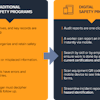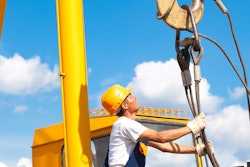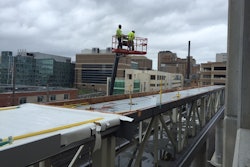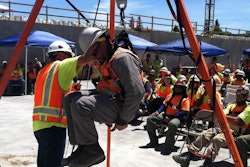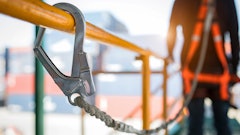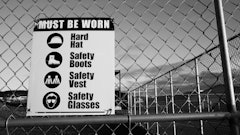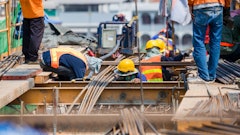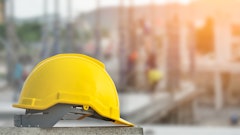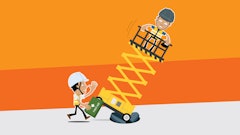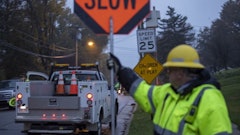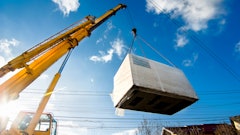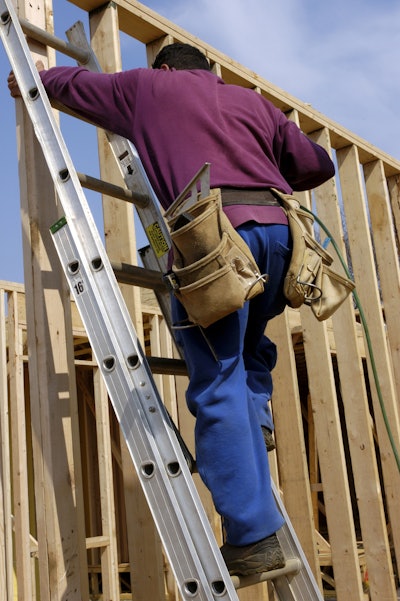
Each year, OSHA releases new rules and modifies its safety standards. As a result, it is crucial for businesses and construction companies to stay up-to-date with these changes. This will not only ensure a healthy workforce but will also protect your business from potential lawsuits and other legal implications.
This year, OSHA’s new regulations will affect 6.9 million establishments, where 112 million workers are being employed. They will apply not only to construction businesses but to general industry operations as well.
Here are some recent prominent changes in OSHA’s fall protection regulations you should know.
1. Walking-Working Surfaces and Fall Protection Systems
Since fall protection has historically been the most violated OSHA standard, the agency has updated a final rule on walking-working surfaces.
Under the new rule, employers have more flexibility when selecting the fall protection systems that are most suitable for their workers.
For example, the use of rope descent systems up to 300 feet above a surface level is now permitted. Personal fall arrest systems can no longer include body belts, which are basically waist belts with D-rings or attachment points. In addition, workers must receive training on fall hazards and personal fall protection systems.
The updated rule reflects the incorporation of new technologies and better industry practices. It became effective on January 17, 2017, and is estimated to prevent 29 fatalities and 5,842 injuries each year.
2. Roof Work Changes
Previously, OSHA stated no safe distance when it came to working on an unprotected roof edge. However, under the new rule, if the distance is less than six feet from the roof edge, conventional fall protection systems are required. This includes guardrail systems, personal fall arrest systems and safety nets.
If the distance is between six to 15 feet, you need to have a designated area for temporary work and a warning line placed at six feet. For tasks completed at a distance higher than 15 feet, if the work is infrequent and temporary, no additional fall protection is required.
3. Stairways, Ladders and Guardrails
Did you know that falls from ladders account for 20% of all general industry workplace injuries and fatalities?
The new general industry regulations for guardrails, ladders and stairways are now aligned with those in the construction industry. Employers must provide guardrails for all work at a height of 42 inches (+/– 3 inches) or higher.
For fixed ladders that are over 24 feet, including structures for outdoor advertising, ladder safety systems or personal fall arrest systems are now mandatory. The rule will go into effect by November 19, 2018 for new ladders and by 2036 for all ladders.
Moreover, employers can no longer use chains to close access openings. Likewise, no alternative options for parapets (a barrier that serves as an extension of the wall of a terrace, walkway, or balcony) are allowed. Regarding stairways: they must have uniform risers and tread depth between railings.
4. Workplace Assessments
The new rule puts an emphasis on workplace assessments. All employers must conduct fall hazard assessments before workers can perform their jobs. Each piece of equipment must be identified, tested, certified and maintained properly.
Employers also need to ensure their employees know how to assess and determine whether walking-working surfaces will support the loads that will be placed on them.
For rope descent systems that use anchorages, inspection is mandatory. This will help make sure each anchorage attached to a worker is capable of supporting at least 5,000 pounds in any direction. This rule will go into effect by November 20, 2017.
All assessments must be documented. This includes the work that was evaluated, the specific date of the assessment, and the person who authorized the evaluation.
5. Training for Employees
Every single employee who uses personal fall protection and performs high-hazard work must be trained about the dangers of falls and how to properly use fall protection systems. The deadline for implementing this rule was May 17, 2017.
Historically, employee training has always required guidance from a qualified individual. That said, the new rule specifically states what roles a “competent person” must be able to verify in an array of situations, including:
- When the structural integrity of a walking-working surface needs repair or correction work.
- Annual inspections of rope descent systems.
- Inspections of knots in a lanyard or vertical lifelines.
- Anchorage certifications.
In addition, if there are any changes in workplace operations or equipment, or if an employer believes that additional training would be beneficial, employee re-training is essential. You must also ensure the provided training is written in a language and with vocabulary terms your workers will understand.
6. Alignment between the General and Construction Industries
The new walking-working surface regulation provides more consistency between general industry standards and construction industry standards. These consist of the following:
- The ability to choose the fall protection systems that work best for your employees.
- The criteria and practice requirements for guardrail systems.
- Requirements for scaffolds.
- Fall protection plans for unprotected sides and edges when performing roof work.
- Requirements for safety net systems.
- Requirements for rope descent systems.
While OSHA has made some extensive updates to its guidelines for fall protection, these changes were created with a safety mindset and are intended to help lower fatality and injury rates in workplaces across the nation.
Take this opportunity to continue building an organization that prevents employees from potential fall hazards.
Originally published by Dakota Safety

